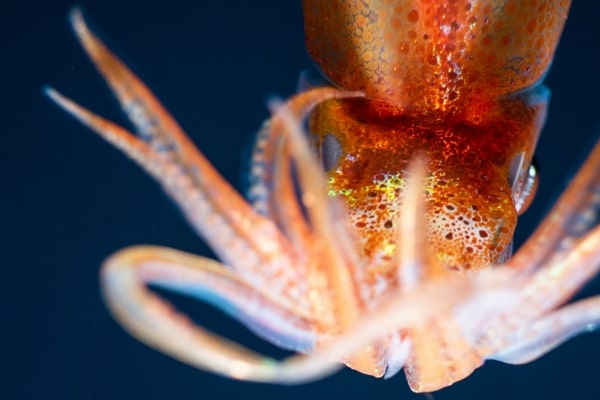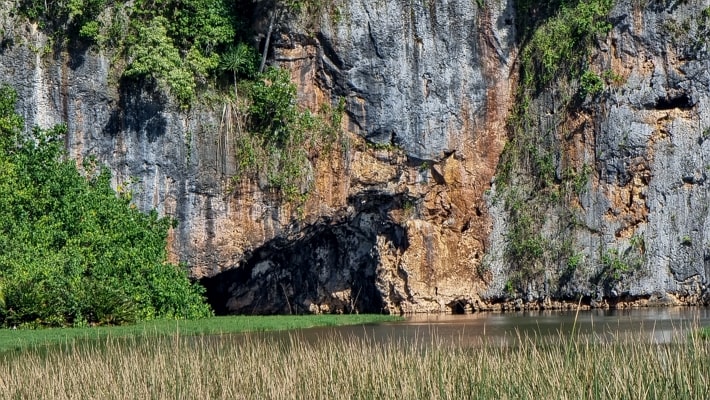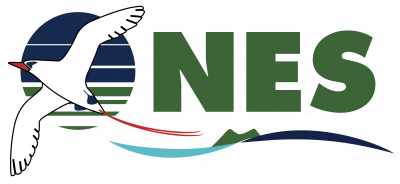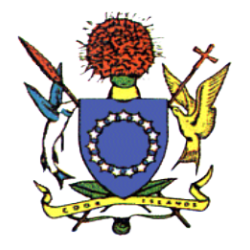Conservation
The management of natural resources need planning in order to prevent any form of destruction or exploitation.
Ecosystem services, protected areas and species conservation are key programmes used.

ECOSYSTEM SERVICES (WETLANDS, CLOUD FORESTS, REEFS)
Ecosystem services benefit our people by measuring conditions and processes of natural systems.
Our Earth’s contribution is essential for our human existence but we must understand that nature’s gifts are not fully replaceable, while some are irreplaceable.
Through ecological and evolutionary processes, nature sustains the quality of fresh water, air, and soils on which humanity depends. It regulates our climate, distributes fresh water, provides pollination and pest control and reduces the impact of natural hazards. Marine and terrestrial ecosystems are the sole sinks for anthropogenic carbon emissions.
This elevates NES’s duty and responsibility to recognize the importance of the environment for the people of the Cook Islands. Culturally, our identity is deeply rooted in our environment and is interwoven in the very fabric of our heritage and legacy.
As custodians of our lands, it is critical that we persevere to nurture, protect and conserve this resource. The management plans we put in place will strive to protect our environment and achieve sustainable development.
PROTECTED AREAS (RAUI, MARAE MOANA, SUWARROW)
A protected area is a clearly defined geographic and spatial space that aims to achieve the long-term conservation of nature with associated ecosystem services and cultural values. Conservation of nature is the primary objective but there can also be additional reasons the area is protected such as food security.
Protected areas are important to ensure that essential parts of nature are protected for future generations and to sustain our ways of living and livelihoods.
A recent global report found that:
- 75% of land areas and 66% of marine areas have been significantly altered by human actions;
- Nearly 1 million species are at risk of extinction, more than ever before in human history.
If we take care of nature, nature takes care of us. Our clean air, waters and soils, plus pollinating insects, animals and forests all help to protect our food and water security. Our general happiness, wellbeing and enjoyment are key outcomes. Healthy environments will also be more resilient to climate change.
These are examples of protected areas in the Cook Islands:
- Suwarrow
- Takutea
- Marae Moana (50 nautical miles from each island)
These are examples of conserved or managed areas in the Cook Islands:
- Raui
- Takitumu Conservation Area
- Takuvaine Water Catchment Managed Area
Click here for Factsheet #13: Protected Areas and Conserved Areas.

SPECIES CONSERVATION
Species Conservation is the conservation of plant and animal species in their natural habitat. Each species play an important role on our planet by maintaining the health of an ecosystem. Conserving these species maintains species diversity and ensuring future generations can enjoy the various species on our island.
The Cook Islands have carried out a number of species conservation for terrestrial and marine species such as sharks, birds and plants. The Rarotonga Monarch (Pomarea dimidiate) Kakerori has been subjected to conservation since 1998 with only 29 birds to more than 500 birds today. The translocation of the Lorikeet (Vini Kuhlii) Kura from Rimatara, French Polynesia to the island of Atiu in 2007 for conservation has been successful. The birds are widely distributed around Atiu and has a population of more than 400 birds to date. The declaration of the Cook Islands EEZ as a whale and shark sanctuary has protected and conserved whales and sharks in the Cook Islands. Other species conservation in the Cook Islands are Mitiaro Fan Palm, Coconut crabs, turtles and fruit bats.



